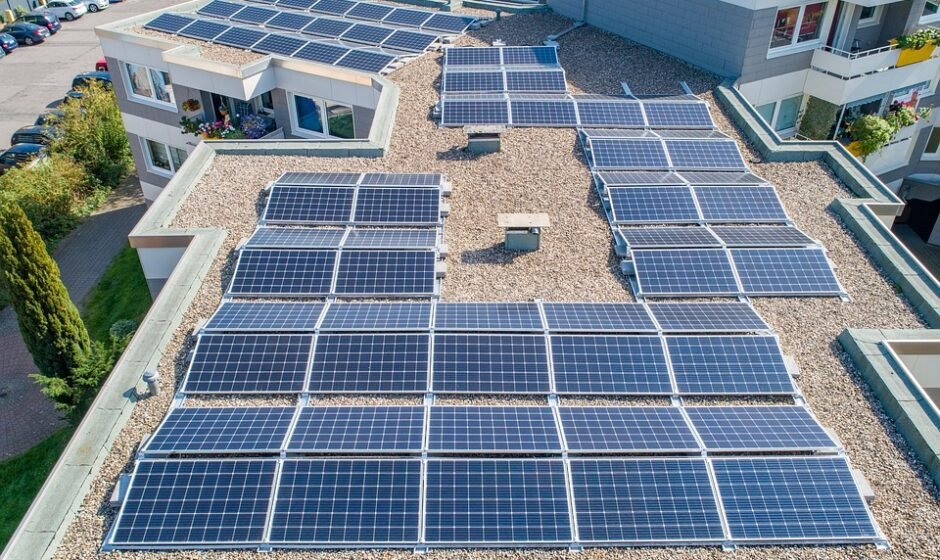Waste-to-Energy Facilities: A Positive Contribution to the Environment
Waste-to-energy facilities have emerged as a crucial pro-environmental solution in our modern world. These facilities play a significant role in reducing waste, minimizing landfill usage, and generating clean energy. As concerns about climate change and the need for sustainable practices continue to grow, waste-to-energy facilities have become an essential part of the solution.
Traditionally, waste management has primarily involved landfilling, which poses numerous environmental challenges. Landfills contribute to greenhouse gas emissions, release harmful toxins into the soil and water, and take up valuable land space. With the ever-increasing amount of waste being generated globally, landfilling alone is no longer a sustainable option.
Waste-to-energy facilities offer a viable alternative to traditional waste management methods. These facilities utilize advanced technologies to convert waste into electricity or heat through processes such as combustion, gasification, or anaerobic digestion. By harnessing the energy potential of waste, these facilities not only reduce the volume of waste that ends up in landfills but also generate clean and renewable energy.
One of the primary benefits of waste-to-energy facilities is their ability to reduce greenhouse gas emissions. When waste decomposes in landfills, it releases methane, a potent greenhouse gas that contributes to climate change. Waste-to-energy facilities capture and combust methane, converting it into energy. This process significantly reduces greenhouse gas emissions and helps mitigate the impact of waste on our climate.
Moreover, waste-to-energy facilities help alleviate the strain on limited landfill space. As land becomes scarce and valuable, the need to find alternative waste management solutions becomes even more pressing. By diverting waste from landfills, these facilities extend the lifespan of existing landfill sites and reduce the need for new ones.
In addition to waste reduction and clean energy generation, waste-to-energy facilities also contribute to resource recovery. Many waste-to-energy processes involve the extraction of valuable materials from waste streams, such as metals and plastics, which can be recycled or reused. This further reduces the demand for virgin resources, conserves raw materials, and minimizes the environmental impact of resource extraction.
Critics of waste-to-energy facilities argue that these facilities discourage recycling and incentivize waste production. However, proponents argue that waste-to-energy should be seen as a complementary solution to recycling, rather than a replacement. Recycling still remains an essential part of waste management, and waste-to-energy facilities can handle the residual waste that cannot be recycled effectively.
It is important to note that waste-to-energy facilities must adhere to strict environmental regulations to ensure that emissions and by-products are properly managed. Modern facilities employ advanced technologies and pollution control measures to minimize any potential negative impacts on air quality and public health.
In conclusion, waste-to-energy facilities have a vital pro-environmental role to play in our quest for sustainable waste management and clean energy generation. By reducing waste, minimizing landfill usage, and generating clean energy, these facilities contribute to mitigating climate change and conserving valuable resources. With proper regulation and a comprehensive waste management strategy that includes recycling, waste-to-energy facilities can be an essential part of our transition to a more sustainable future.




